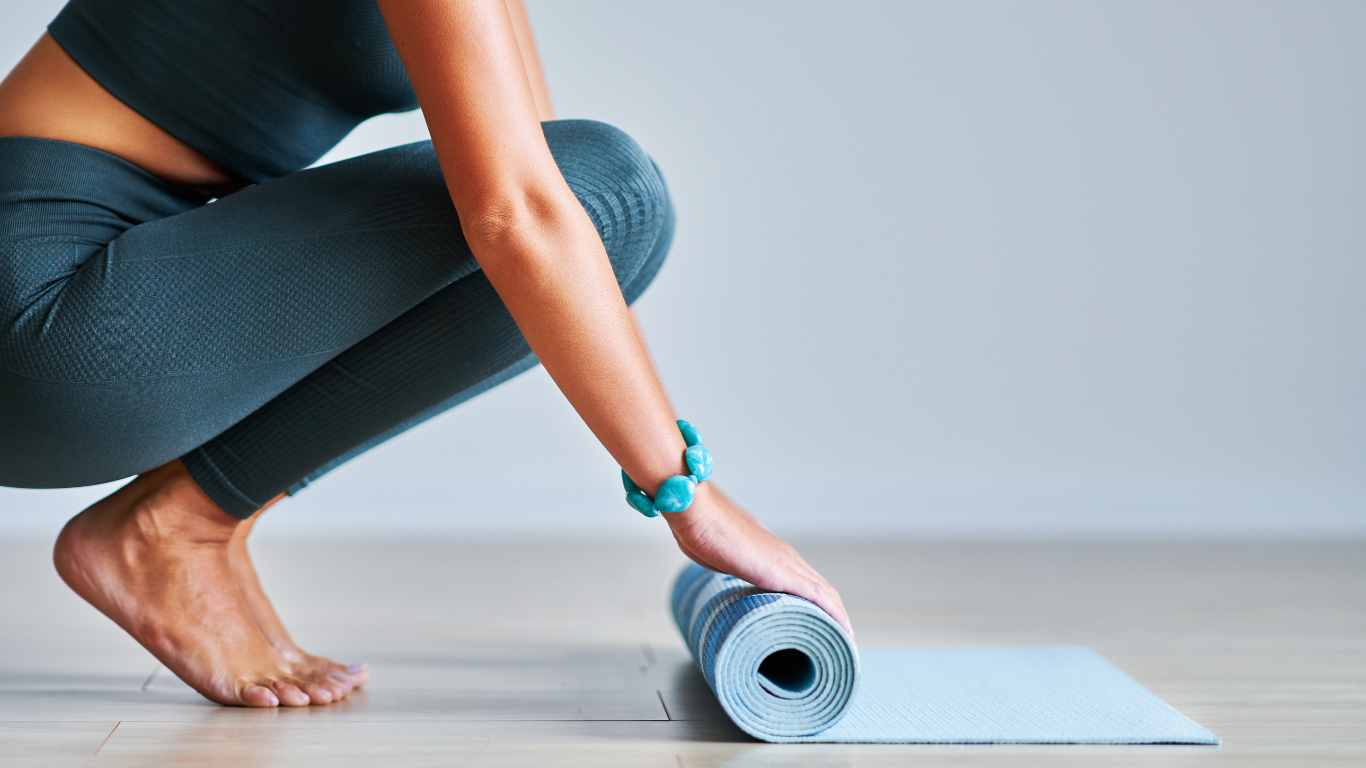Pilates Classes
Looking to improve muscle tone, flexibility and strength? Need help you healing from past injuries? Want to chase away those aches and pains? Pilates may be the answer you are looking for. It might look a bit intimidating at first, but it's much easier to get into - and, depending on what you do, less expensive - than you might assume. All classes are taught by our resident certified Pilates instructor.
Gain back your confidence in your body and set a routine that you can fall in love with.
|
Monday 9:00-10:00AM - Pilates Level 2
Thursday 9:00-10:00AM - 8 Week Intro Class Summer Session June 10th - August 2nd **PLEASE NOTE CLASSES ARE "LEVELED' AND ARE AT THE TEACHERS' DISCRETION FOR PLACEMENT** |
Pilates Prices
|
Why pilates
- Pilates is both therapeutic and promotes pain relief. It may help you establish a healthy baseline, so that when those injuries or issues arise, you’re able to bounce back faster.
- One of the reasons Pilates is such a good workout is that it specifically focuses on building core strength.
- You'll see your posture improve, having a strong, aligned core makes it easier to have good posture - a seemingly small change that can positively impact many areas of your life.
- There’s quite a bit of stretching in Pilates — which translates to improved flexibility. In addition to expanding the range of activities you can do, flexibility may protect you from injury, help your muscles relax and help you retain both mobility and range of motion as you get older.
- When we’re weak or out of alignment, it makes it harder to find our center of gravity, which can make us more prone to injury, especially in moments when we’re trying to perform multiple movements at once (coordination). By strengthening your core, Pilates may make it easier to find your balance — and maintain it.
- Pilates is as much about intentional breathing as it is about conditioning the body. Being aware of and controlling your breath doesn’t just allow you to deepen a stretch or perform at a higher level — research shows it can also reduce stress.
- While not a high-intensity workout, Pilates gets your heart pumping, and combines strength and resistance training with deep stretching. Think of Pilates as complementing — not replacing — any mental health support you’re already receiving.
Pilates is vastly beneficial for both your mind and body.
What to expect
- Once you click on the link you'll be taken to our Studio Director enrollment software, where you can quickly sign up.
- Select Intro to Pilates and the EZ system will prompt you through till the end of your registration. If you are looking to join other levels please reach out to our office for placement.
- Our 8 week intro course will prompt for a $120 payment up front. This will cover your tuition for the entire 8 weeks.
Want to know more
Check out our Pilates FAQ
Interested in private Reformer sessions? Send us an email with an inquiry.
Testimonial
I have been doing Pilates twice a week since 2014. I do not have a dance or athletic
background. I do a lot of gardening on a hillside, and since I started Pilates, I feel like
a tree trunk. I can walk on my hillside and through everyday life with strength and
confidence with no fear of falling. I can also jump out of bed with no aches or stiffness.
Pilates is gentle on the body, but very effective. I’m grateful to have found the practice
of Pilates.
~Karin Knopp (Age 56)
background. I do a lot of gardening on a hillside, and since I started Pilates, I feel like
a tree trunk. I can walk on my hillside and through everyday life with strength and
confidence with no fear of falling. I can also jump out of bed with no aches or stiffness.
Pilates is gentle on the body, but very effective. I’m grateful to have found the practice
of Pilates.
~Karin Knopp (Age 56)

